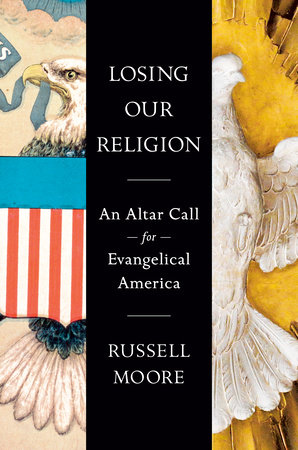Are you as annoyed as I am by the gossipy celebrity magazines shouting across the supermarket racks, it seems always with the same old story? For years, they’ve warned us that trouble was brewing in the love affair of actress Jennifer Anniston and actor Brad Pitt. They screamed that Brad was in love with bad-girl actress Angelina Jolie. Then they showed us tearful images of Jennifer, telling us how Jennifer was learning to cope even though Angelina is pregnant with Brad’s baby, a baby she desperately wishes she were carrying instead. I know that only from glances at the covers, and it scares me that I know enough to write the above paragraph.
I’ve argued here before that, whatever feminism tells us, our choice is not between egalitarianism and patriarchy but between two visions of patriarchy: a Christian patriarchy that protects women as precious weaker vessels (1 Pet 3:7) and a pagan patriarchy that sees dominance over women as something to be grasped. I never realized that the celebrity gossip magazine covers are just one more example of patriarchy gone awry, emanating from one of the most feminist culture centers in the world. Until now.
The Los Angeles Times reports that the latest issue of Vanity Fair magazine is centered around a theme: naked women. True, that’s not quite innovative but the magazine seeks to make it so by disrobing female celebrities and posing them with clothed male celebrities. The Times reports this may be an antidote to the saturation of celebrity gossip:
Maybe the only way to break through the clutter of a moment in which we are drenched with repeated images of the same dozen or so celebrities, on newstands, on television shows, on the Web, is to do in reality what the media does metaphorically every day: Strip ’em bare. If we can’t be present at the conception of the Brad Pitt-Angelina Jolie baby, then darn it, let’s at least see what Brad saw when it happened (Pages 302-303).
The issue’s guest editor laid forth for the Times his criteria for deciding which celebrity women he would ask to strip for the issue: “Am I still hungry for this person?”
UCLA art history professor Albert Boime tells the Times that the magazine cover art, two naked women and clothed man, remains “within the bounds of good taste” since the women appear to be bored and devoid of pleasure or seduction. “They don’t cast alluring glances; they are sort of indifferent.” Moreover, the specialist observes: “The clothed male represents some form of dominance. Whereas the women appear much more vulnerable and subject to the whims of the male.” The Los Angeles Times points to this kind of dominance in the description of a photo spread of actor George Clooney and a cast of many:
Clooney commands a waterborne crew of nearly naked women (they’re all wearing flesh toned undies and bras) in a mock movie shoot, although the staging — half the women are in the water, some cling to the platform Clooney stands on — alludes to the shipwreck imagery of Géricault’s “The Raft of the Medusa.”
“I think his reputation is, is really as a ladies’ man,” the guest editor, Tom Ford, told ABC television’s Diane Sawyer. “So in a fantasy world of George, you know, commanding a crew and cast of women in their underwear I thought was a great idea.” George Clooney, the Times points out, is fully dressed. While carefully learning all the right feminist applause lines, Vanity Fair loves its pagan patriarchy. And so does the magazine.






